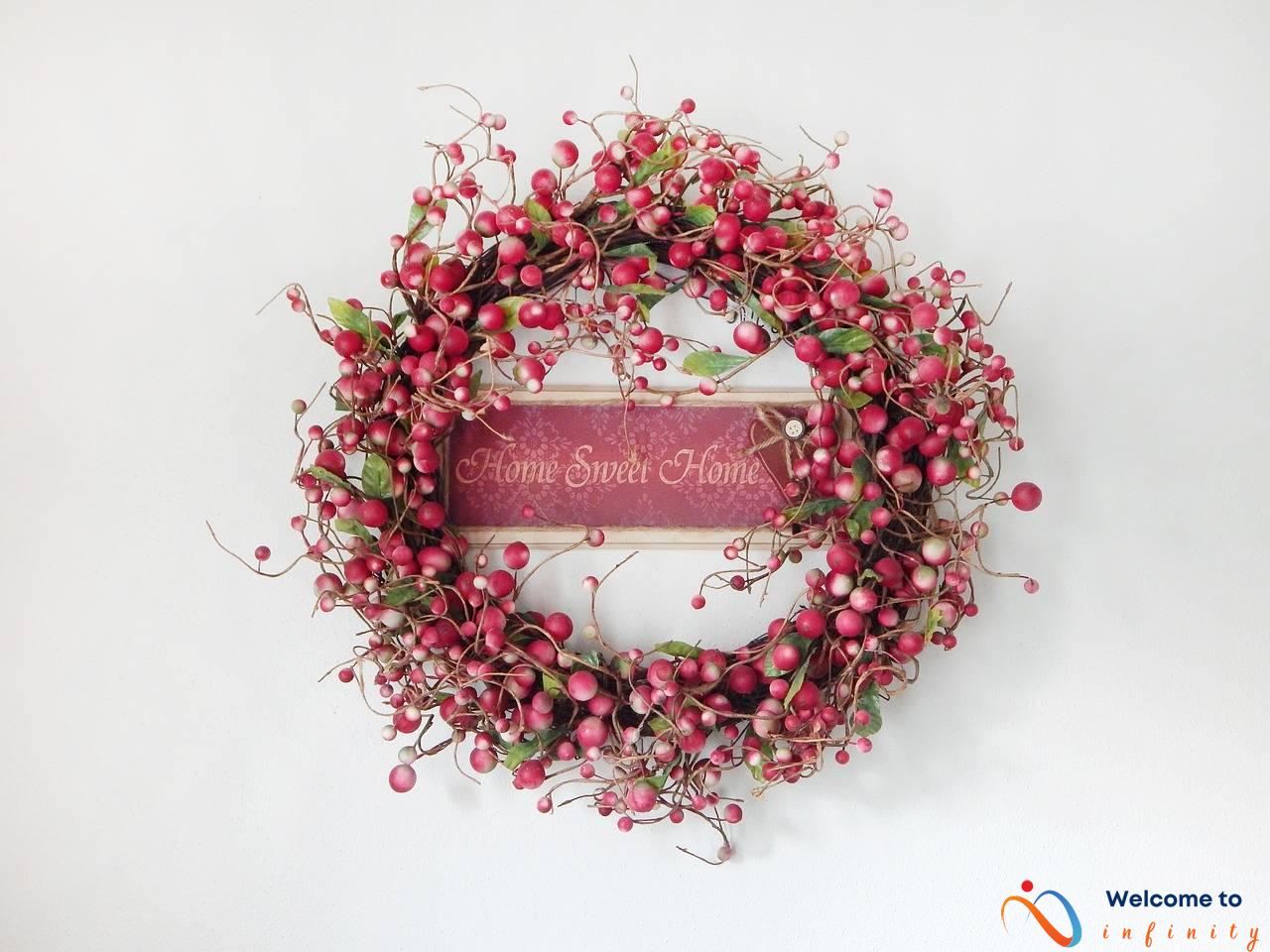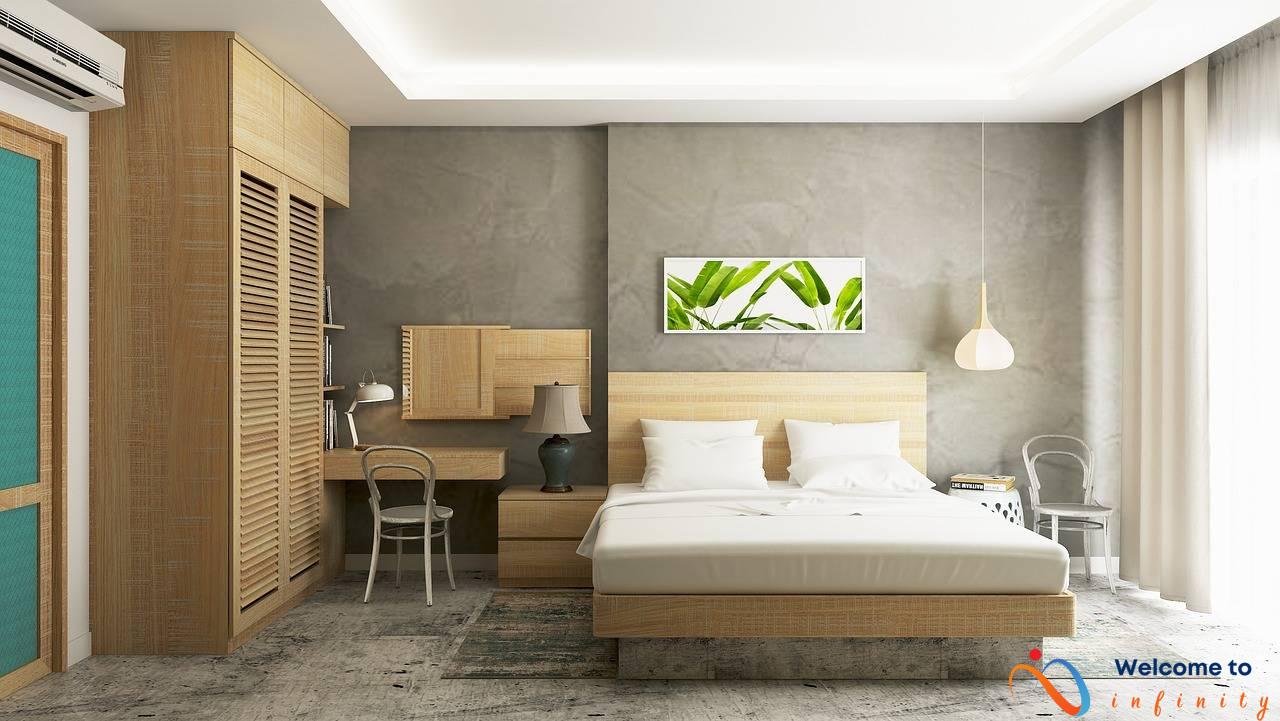mid-century Modern is a design movement that originated in the mid-20th century and has since become an icon in the world of design. The movement emerged as a response to the post-war society, which had a significant impact on the design industry. Mid-Century Modern is characterized by its clean lines, emphasis on function over form, and use of natural materials.
The movement's origins can be traced back to the Bauhaus design school in Germany, which had an enormous influence on Mid-Century Modern's philosophy. However, it was not until the 1940s that the movement gained widespread popularity. The post-war period saw a rise in demand for modern furniture, and Mid-Century Modern responded to that demand with its unique approach.
One of the defining elements of Mid-Century Modern is furniture design. It is characterized by minimalism, functionality, and clean lines. The furniture designs focus on simplicity and functionality, which is reflected in the use of natural materials like wood, leather, and metal. The designs of iconic Mid-Century Modern furniture, such as Charles and Ray Eames' chairs, are still highly sought after today, reflecting the movement's influence on contemporary furniture design.
Another defining characteristic of Mid-Century Modern is its unique architecture. The movement introduced the concept of open floor plans and the use of glass to create a sense of lightness and space. The architecture was heavily influenced by the environment, and the blending of indoor and outdoor spaces was a common feature. The sleek, modern look of Mid-Century Modern architecture is still embraced by contemporary designers, and its influence can be seen in many modern homes today.
Overall, Mid-Century Modern is a timeless design movement that continues to influence contemporary design today. Its focus on functionality and simplicity, combined with the use of natural materials, has made it a favorite among designers and consumers alike. Whether it is furniture design, architecture, fashion, or graphic design, the influence of Mid-Century Modern is undeniable.
Origins
The Mid-Century Modern design movement emerged in the mid-20th century, from around the 1930s to the 1960s, and it was a response to the social and historical context of the time. The end of World War II brought an economic boom to the United States, and this led to a significant shift in social and cultural values. The focus was no longer on survival, but rather on progress, modernity, and technological innovation.
Mid-Century Modern design emerged as a way to reflect these values, with a focus on simplicity, efficiency, and functionality. The designs were sleek and uncluttered, with an emphasis on clean lines and a lack of ornamentation. They also made use of natural materials, such as wood, stone, and leather, which added warmth and authenticity to the designs.
The designers of this movement were influenced by the International Style architecture and the Bauhaus school of design, and their aim was to create a new kind of design that was both modern and accessible to everyday people. This is reflected in the furniture designs of Mid-Century Modern, which were mass-produced and affordable, yet still aesthetically pleasing and functional.
Characteristics
Mid-Century Modern design is characterized by several defining features that make it both visually appealing and highly functional. One of its most prominent characteristics is clean lines, which give a sleek and simple look to furniture and architectural elements. This minimalism extends to the use of color, with primarily neutral tones used to emphasize the form of the designs.
Another key characteristic of Mid-Century Modern is the use of natural materials. Wood, leather, and other materials are often featured prominently, emphasizing the connection between design and the natural world. This focus on natural materials is also reflected in the colors used in Mid-Century Modern designs, with an emphasis on earthy, organic tones.
Functionality is a key consideration in Mid-Century Modern design, and this is reflected in the emphasis on form over function. From furniture to architecture, each element is designed to be both visually striking and highly functional, allowing it to serve a utilitarian purpose as well as a decorative one. This emphasis on function is also reflected in the use of space, with open, airy floor plans and smart use of storage solutions that maximize functional space.
One aspect of Mid-Century Modern design that sets it apart from other design movements is its focus on innovation, with designers constantly exploring new materials and techniques to push the boundaries of what is possible. This spirit of experimentation is reflected in the use of new forms and materials, as well as the incorporation of new technologies into designs.
In conclusion, the defining characteristics of Mid-Century Modern design continue to inspire and influence contemporary design today. Its focus on clean lines, natural materials, and functionality have become hallmarks of modern design, reflecting a commitment to simplicity and innovation that has stood the test of time.
Furniture Design
Mid-Century Modern furniture design is known for its clean lines, simplicity and functionality. It is often made of natural materials such as wood, leather, and metal. One of the most iconic pieces of Mid-Century Modern furniture is the Eames Lounge Chair and Ottoman, designed by Charles and Ray Eames in 1956. This chair, with its sleek silhouette and comfortable design, has become a staple in modern homes.
Other designers, such as George Nelson and Harry Bertoia, also played a significant role in shaping Mid-Century Modern furniture design. Nelson's iconic Marshmallow Sofa, designed in 1956, reflects the playful and whimsical nature of the movement. Bertoia's Diamond Chair, made of metal rods shaped into a diamond pattern, exemplifies the use of industrial materials in furniture design.
The impact of Mid-Century Modern furniture design can still be seen today. Many contemporary furniture designers continue to draw inspiration from the clean lines and minimalistic style of the movement. Additionally, Mid-Century Modern pieces are highly sought after by collectors and interior designers alike.
In conclusion, Mid-Century Modern furniture design remains an iconic aspect of the larger design movement. The works of Charles and Ray Eames, George Nelson, and Harry Bertoia, among others, continue to inspire contemporary furniture designers. Their emphasis on simplicity and functionality, as well as the use of natural materials, remains relevant to this day.
Architecture
Architecture played a significant role in the Mid-Century Modern movement, and many of the design elements from this era continue to influence contemporary residential design. One of the most important features of Mid-Century Modern architecture is the use of glass. Large windows and sliding glass doors were often incorporated into residential buildings to connect the interior living spaces with the surrounding natural environment. This integration with nature was a deliberate attempt to create harmony between architecture and the environment.
Another important characteristic of Mid-Century Modern architecture is the open floor plan. This design feature involves removing walls and barriers between rooms and creating a more fluid living space. This design feature focused on the functionality of the living spaces, making it more flexible to accommodate the changing needs of the occupants.
The use of natural materials is also one of the defining features of Mid-Century Modern architecture. Wood, stone, and brick were often used in the construction of buildings, creating a sense of warmth and texture. This natural aesthetic continues to be popular in contemporary residential construction.
In conclusion, Mid-Century Modern architecture is characterized by its integration with nature, use of glass, open floor plans, and emphasis on natural materials. Many of these design elements have continued to influence contemporary residential design. Architects and designers continue to use these design features to create functional and efficient living spaces that are in harmony with the environment.
Influence Today
Mid-Century Modern design may have originated in the mid-20th century, but its influence can still be seen in contemporary design today. From furniture and architecture to fashion and graphic design, the iconic design movement has left a lasting impression.
In furniture design, Mid-Century Modern pieces are timeless and continue to be popular today. With their clean lines, natural materials, and focus on form meets function, they have become a staple in modern interiors. Iconic designs from Charles and Ray Eames, such as the Eames Lounge Chair and the Molded Plastic Chair, are still replicated and revered today.
In architecture, Mid-Century Modern homes and buildings also remain influential. With their use of glass, open floor plans, and incorporation of nature, they have inspired contemporary residential design. Architects such as Richard Neutra and Frank Lloyd Wright were pioneers of this style, paving the way for modern architecture.
Beyond furniture and architecture, the Mid-Century Modern aesthetic has found its way into fashion and graphic design. The clean lines and simple shapes of the design movement have influenced fashion designers such as Calvin Klein and Jil Sander. Meanwhile, graphic designers have incorporated bold colors and geometric shapes reminiscent of the era in their work.
Overall, the influence of Mid-Century Modern design continues to thrive and inspire contemporary design. From its defining elements to iconic designers and architects, it remains a symbol of timeless elegance and sophistication.











